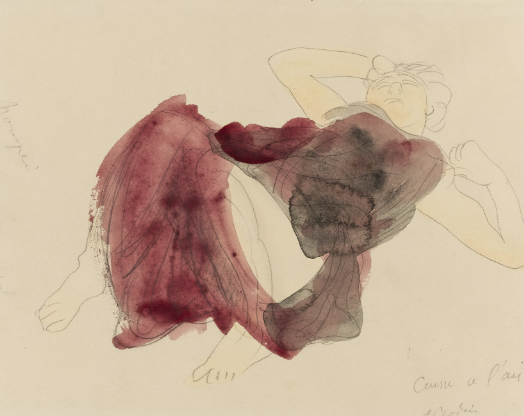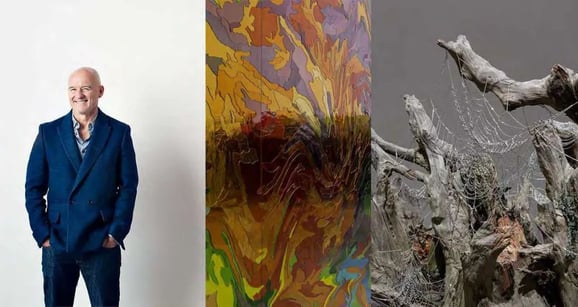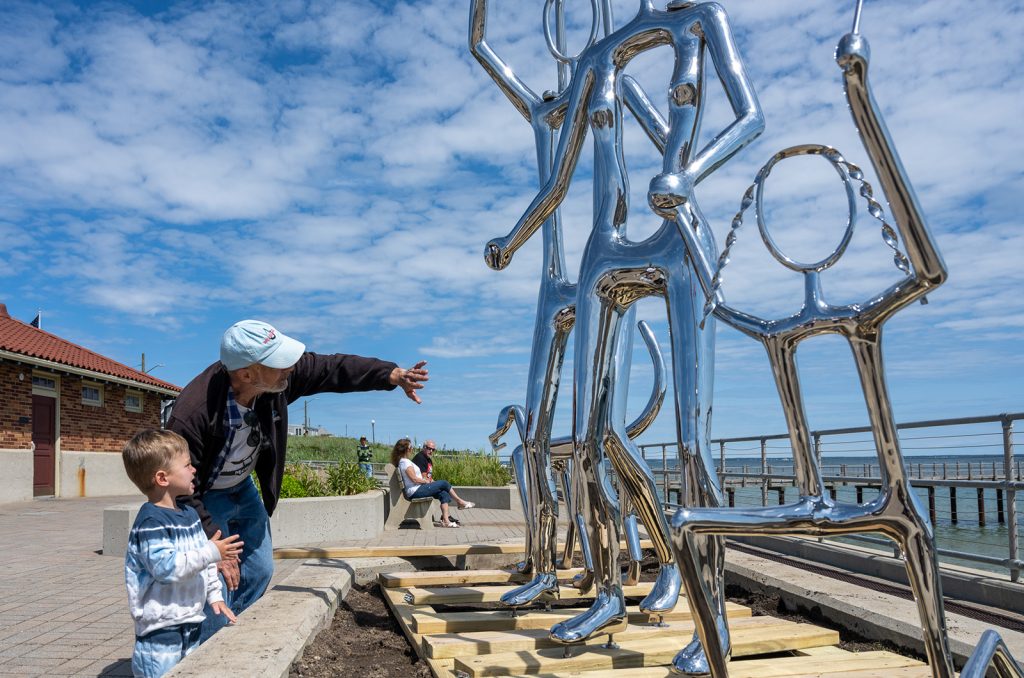Brushing Through History: The Watercolor Masterpieces of Auguste Rodin
When we think of Auguste Rodin, images of dramatic sculptures like “The Thinker” often come to mind. However, Rodin was not solely a sculptor; he was also a skilled watercolor artist. His aquarelles, or watercolors, present a different dimension of his artistic genius and reveal his fascination with form, movement, and emotion.
The Duality of Rodin’s Artistic Talent
Rodin’s prowess in sculpture often overshadowed his watercolor work, but these paintings offer a glimpse into his creative process. He utilized watercolors as a medium to explore the fluidity of light and shadow, allowing him to capture the essence of his subjects. Unlike the permanence of marble, watercolor provided Rodin with a sense of spontaneity, enabling him to express fleeting moments and emotions that were sometimes challenging to convey in three-dimensional form.
His watercolors often depicted scenes from nature, as well as studies of the human figure. These aquarelles reflect the same passion for detail and emotional depth that characterize his sculptures. By blending delicate washes with bold strokes, Rodin created compositions full of vitality, showcasing his expert understanding of human anatomy and movement.
The Influence of Impressionism
Rodin’s watercolors were undoubtedly influenced by the Impressionist movement, which was gaining popularity during his lifetime. The Impressionists focused on capturing moments in time and the interplay of light, which resonated with Rodin’s artistic vision. He embraced the spontaneity of watercolor painting, often working quickly to capture the energy and essence of his subjects.
Incorporating elements of Impressionism, Rodin utilized loose brushwork and vibrant colors to create emotion-filled compositions. This technique allowed him to render atmospheric effects and the subtleties of light, bringing a fresh perspective to his subjects. His work, while often categorized alongside the classical, bridged the gap between tradition and modernity, providing insight into the evolution of art during the late 19th century.
Preserving Rodin’s Watercolors
Unfortunately, many of Rodin’s aquarelles have not received the same recognition as his sculptures. Over time, some of these masterpieces may have faded or deteriorated due to inadequate preservation methods. Institutions and art lovers around the globe are working diligently to restore and honor these works, ensuring that future generations can appreciate Rodin’s multi-faceted artistry.
Exhibits featuring Rodin’s watercolors are increasingly being organized, drawing attention to this lesser-known aspect of his career. Galleries now showcase not only his iconic sculptures but also select aquarelles that highlight his mastery of color and composition. As interest in his watercolor work grows, art enthusiasts are encouraged to seek out these exhibits to deepen their understanding of Rodin’s broader artistic contributions.
In conclusion, Auguste Rodin’s watercolors reveal a rich and expressive side of this renowned artist. They offer a unique opportunity to appreciate his artistry beyond the realm of sculpture. To explore more about Rodin and his watercolor masterpieces, consider visiting a local art gallery or searching online archives dedicated to his work. Delve into the colors, textures, and emotions of Rodin’s aquarelles, and discover the artistry that continues to inspire generations today.


